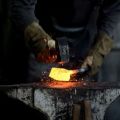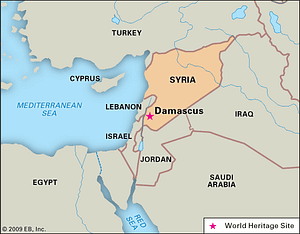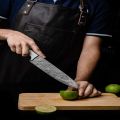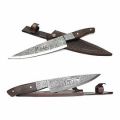9/25/2021
All About Damascus Steel
Other articles and publications:
A knife is a powerful tool for a chef, the best knife is almost their arm extension.
Would you like to make a happy moment last forever?
9/25/2021
Business details
- +1 (224) 335-5620
- Hawthorn Woods Illinois
- www.fusionlayers.us
We are fifth generation blacksmiths who have been forging and creating knives from Damascus and stainless steel for well over 100 years now. Hammer and heat are the two best friends we have.










